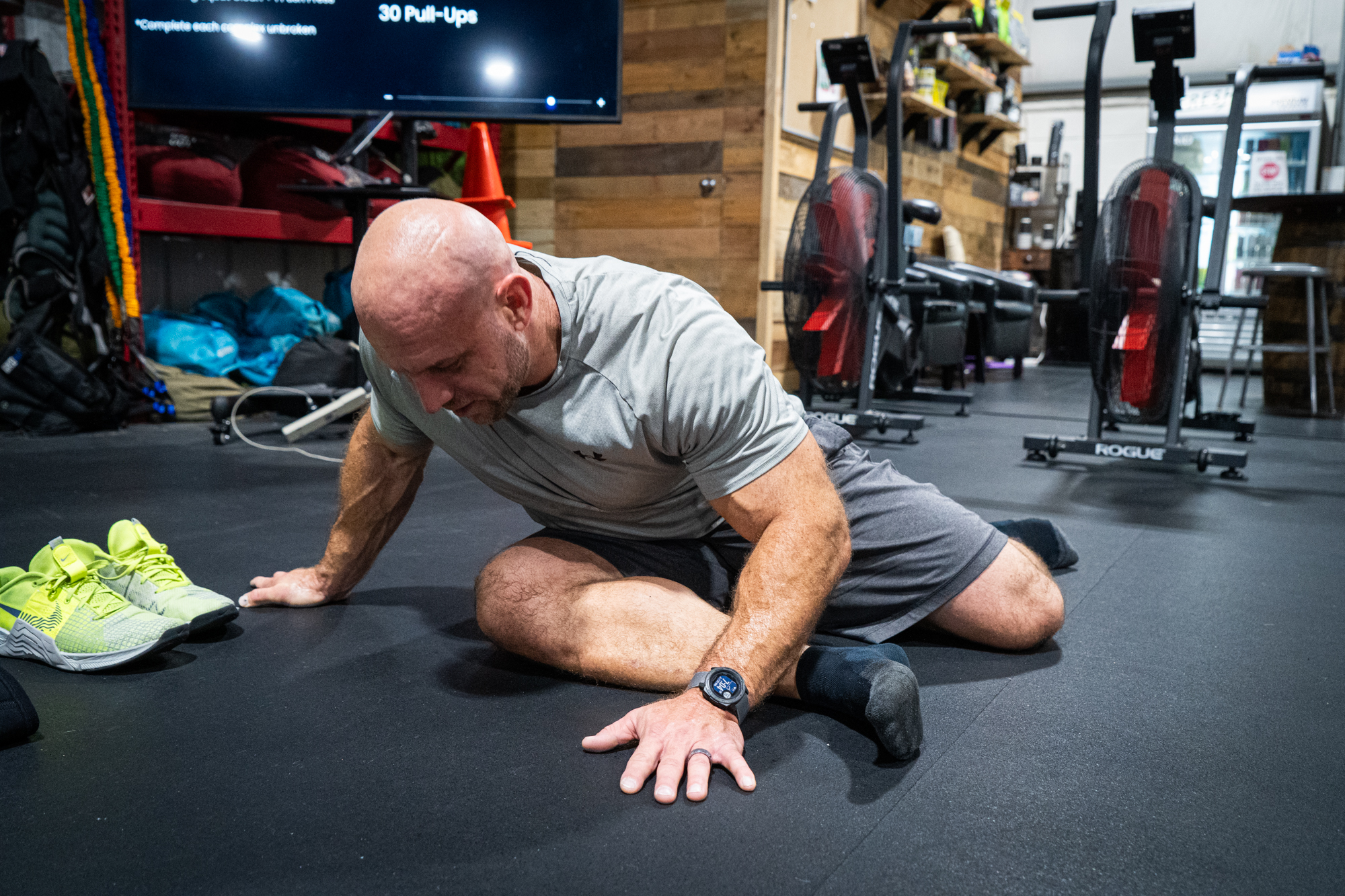

If you’ve ever crushed a tough workout and woken up the next morning feeling like you got hit by a truck, you’re not alone. Soreness is a natural part of progress — but knowing how to manage it can be the difference between bouncing back stronger or staying sidelined longer.
At Delaware Fit Factory, we get this question all the time:
“Should I use ice, heat, or just rest when I’m sore?”
The short answer: It depends. But don’t worry — we’ll break it down for you right here.
Most soreness you feel after a hard workout is called Delayed Onset Muscle Soreness (DOMS). It typically peaks 24–72 hours post-exercise and is caused by microscopic damage to muscle fibers during intense or unfamiliar movement — especially eccentric (lengthening) movements like lowering a squat or a deadlift.
Soreness isn’t always a bad thing — in fact, it’s a sign your body is adapting and growing stronger. But when it’s uncomfortable enough to limit movement or motivation, you’ll want tools to manage it well.
Ice (or cold therapy) works by reducing inflammation and numbing pain, making it ideal for acute injuries or swelling. According to Cleveland Clinic, ice is your go-to when dealing with sharp pain, swelling, or recent injury.
🧊 Use ice when:
✅ How to apply ice safely:
❌ Avoid ice if:
Heat therapy increases blood flow, relaxes tight muscles, and helps improve tissue elasticity. This makes it great for chronic stiffness or tight muscles, especially before a workout.
🔥 Use heat when:
✅ How to apply heat safely:
❌ Avoid heat if:
Use ice for new injuries, and heat for sore or stiff muscles — but never apply either directly to damaged skin.
Sometimes, the best thing you can do is take a step back and recover.
Rest doesn’t always mean lying on the couch for three days. In fact, active recovery is often more effective. That includes light movement like:
Movement increases circulation, helping reduce soreness and speeding up the removal of waste products in your muscles.
🛑 Take full rest when:
✔️ Hydration & Nutrition:
Drink plenty of water, and eat a balance of protein, carbs, and healthy fats to support muscle repair.
✔️ Sleep:
Your muscles recover most efficiently while you sleep — don’t skimp on it!
✔️ Foam Rolling & Massage:
Gentle soft tissue work can help ease tension and promote blood flow.
✔️ Compression & Epsom Salt Baths:
Some people swear by these methods to reduce inflammation and relax sore muscles.
At the end of the day, soreness is personal. What works for one person might not work for another. Here’s a simple cheat sheet we follow:
Swelling or acute pain (within 48 hours) -- ❄️ Ice
Tight, stiff muscles or pre-workout prep -- 🔥 Heat
General soreness or fatigue -- 🛌 Rest and light movement
When in doubt, talk to a coach! Our team is always here to help you modify, recover, and keep moving forward safely.
At Delaware Fit Factory, we care about your long-term health — not just crushing a single workout. That’s why we help you train smart, scale appropriately, and recover the right way.
💬 Got questions about soreness or how to safely train through it? We’ve got answers — and solutions that meet you where you’re at.
Ready to feel your best?
Let’s create a plan that supports your goals and your body.
👉 Book your FREE No-Sweat Intro today and let’s build a fitness journey that includes strength, sweat, and smart recovery.